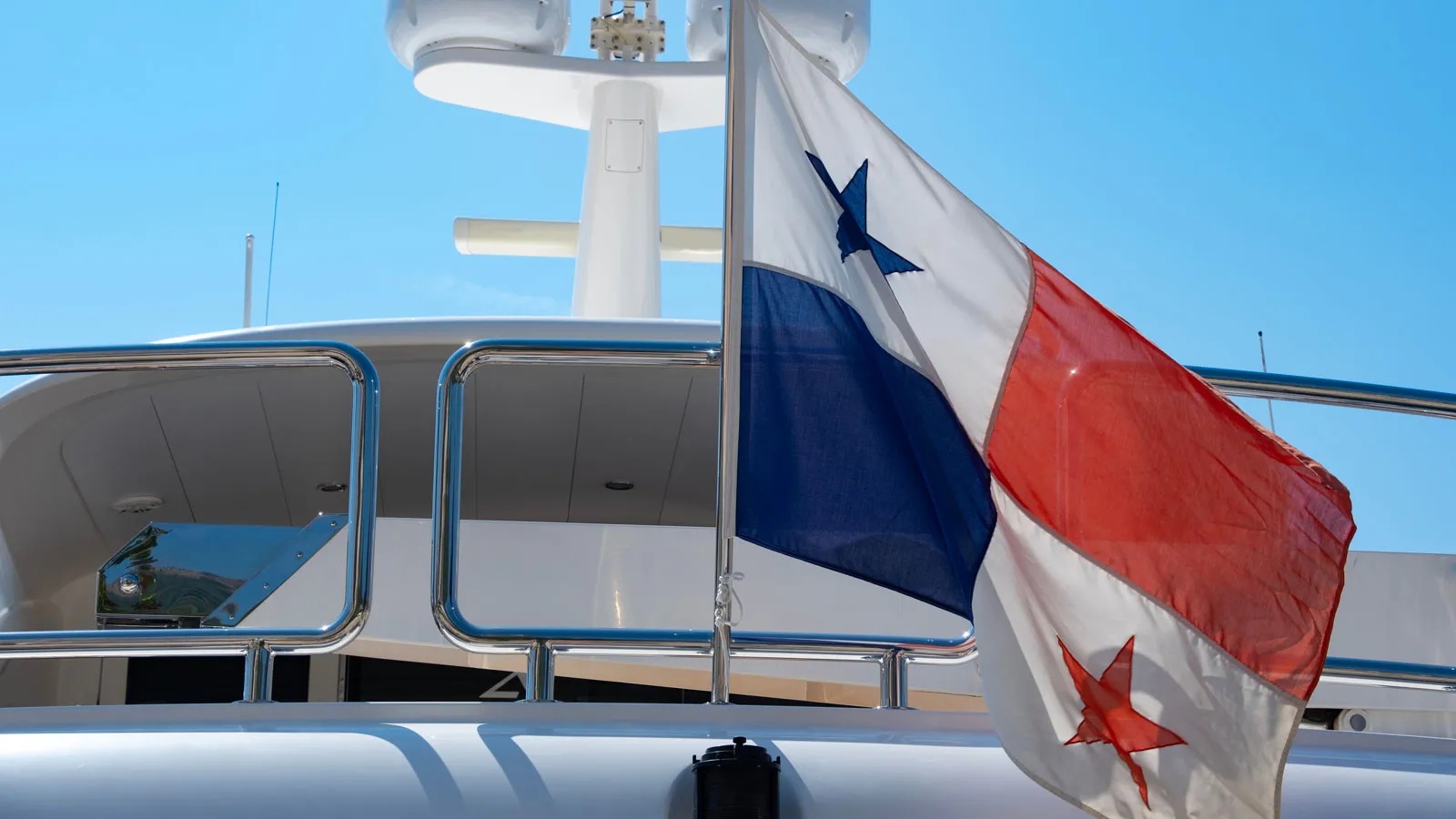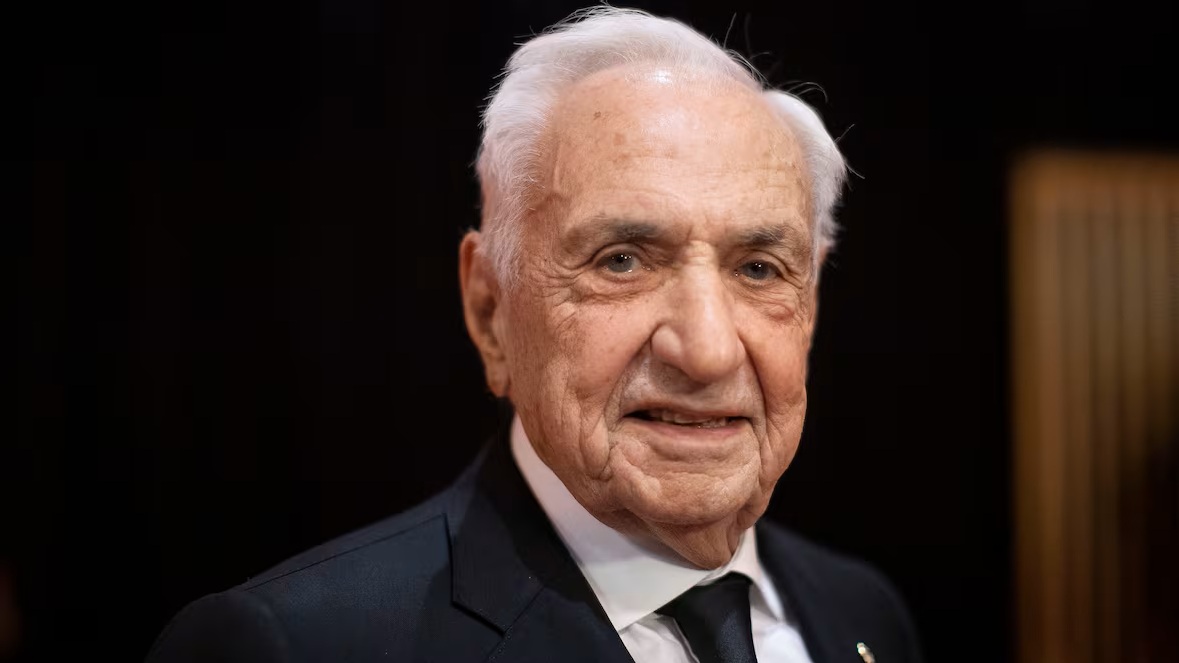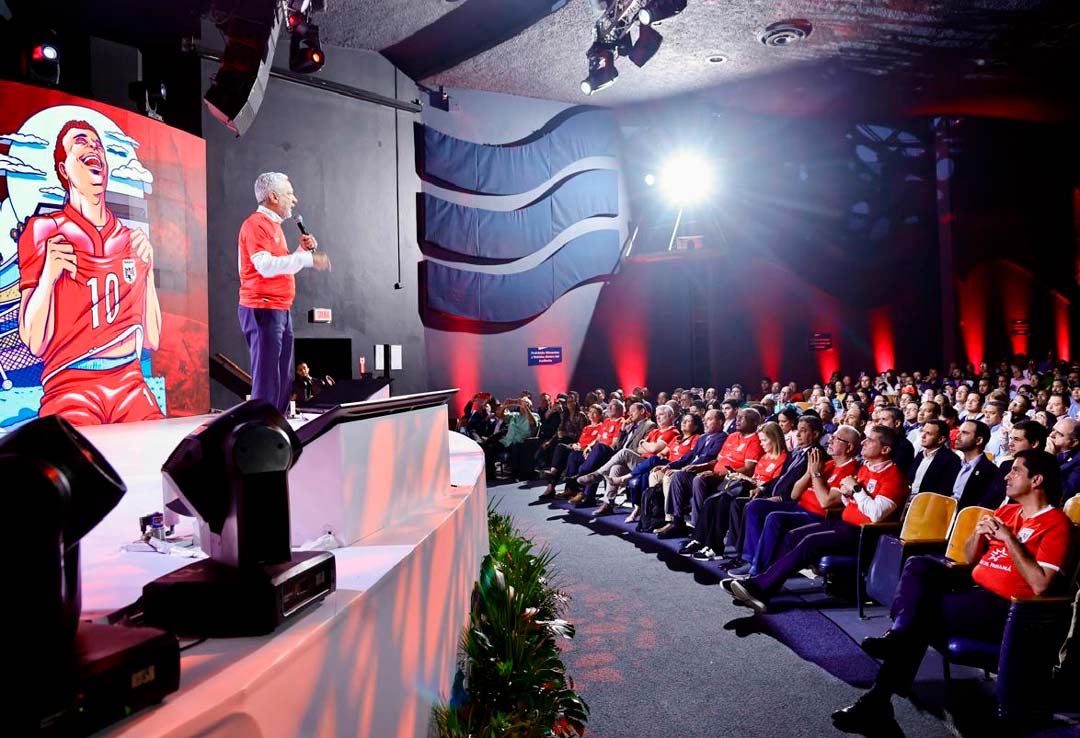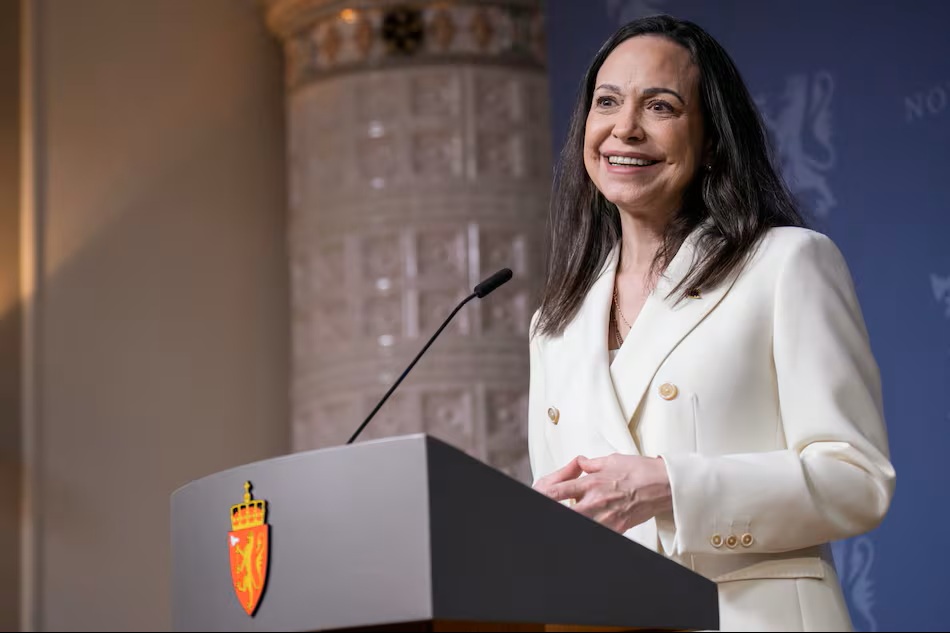What does the US-China Tariff Deal mean for the Panama Canal?
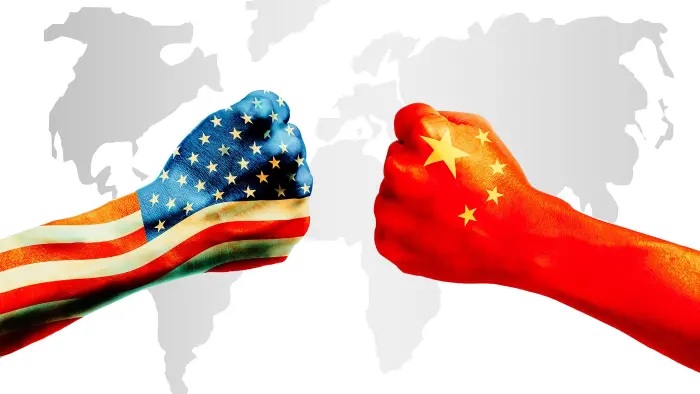
The US and China have agreed a truce to lower import taxes on goods being traded between the two countries. That means more ships traveling through the Panama Canal. Good for Panama. Good for the world. The agreement marks a major de-escalation of the trade war between the world’s two biggest economies, which has sent shockwaves impacting countless other countries. The US dollar and the Panama Balboa surged Monday after the weekend deal announcement, reflecting investor optimism after weeks of recession fears tied to steep tariffs. Dow futures jumped more than 2%, while S&P 500 futures rose nearly 3%, and the tech-heavy Nasdaq Composite futures went up more than 3.5% during Asian afternoon trading. Asian markets were higher too, with Hong Kong’s Hang Seng index ending about 3% higher. The price of gold, which tends to drop when investors are feeling more secure, fell.
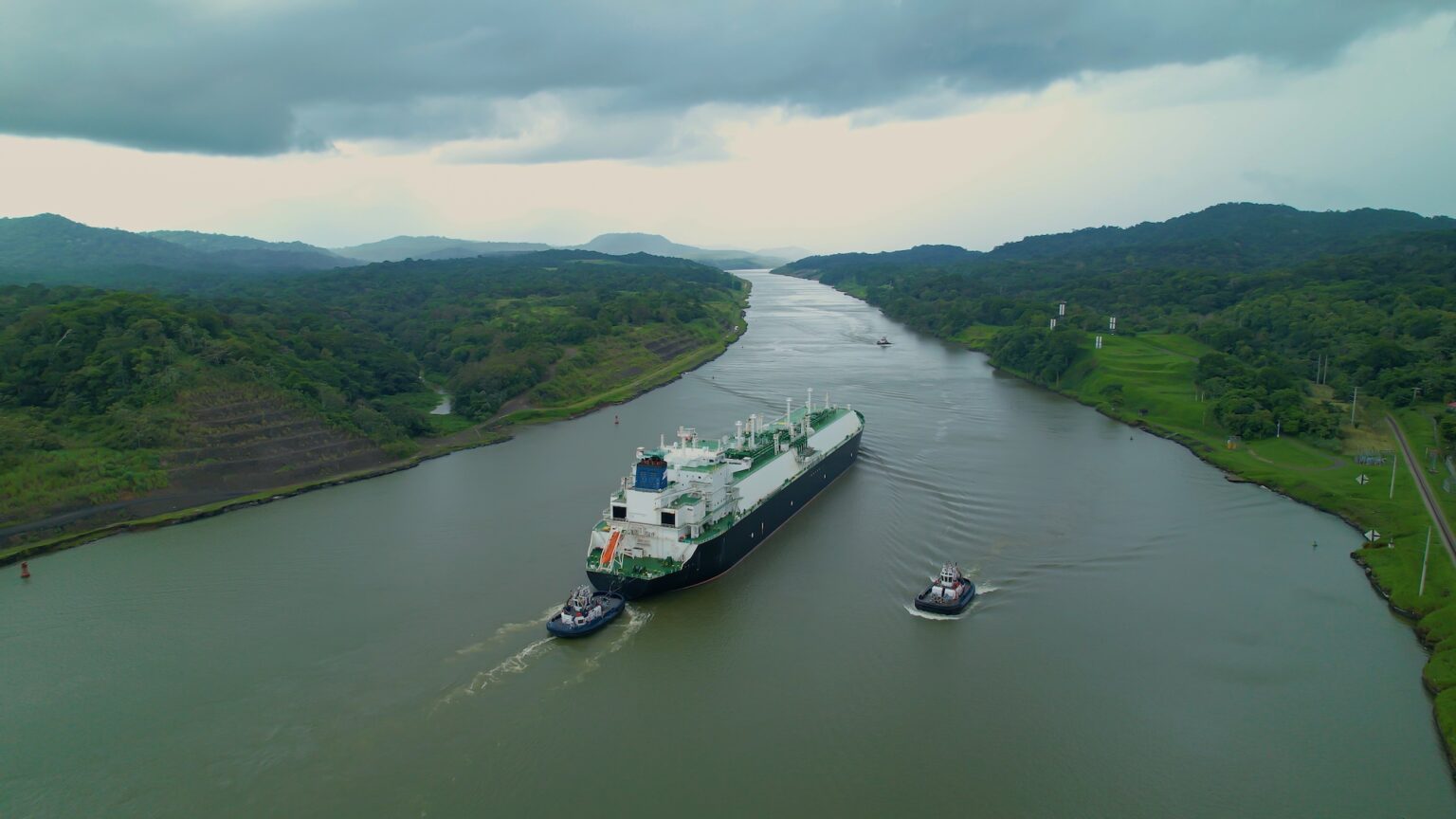
What Has Been Announced?
Both the US and China have confirmed a reduction in the tariffs they imposed on each other following the initial escalation by President Donald Trump earlier this year. The deal involves both nations cancelling some tariffs altogether and suspending others for 90 days, by 14 May. The result is that US tariffs on Chinese imports will fall to from 145% to 30%, while Chinese tariffs on some US imports will fall from 125% to 10%. China has also halted and scrapped other non-tariff countermeasures, such as the export of critical minerals to the US, which it put in place in response to the initial escalation. The US measures still include an extra 20% component aimed at putting pressure on Beijing to do more to curb the illegal trade in fentanyl, a powerful opioid drug. The announcement came after the two countries held talks in Switzerland, the first between the two countries since Trump sparked the latest tariff war.
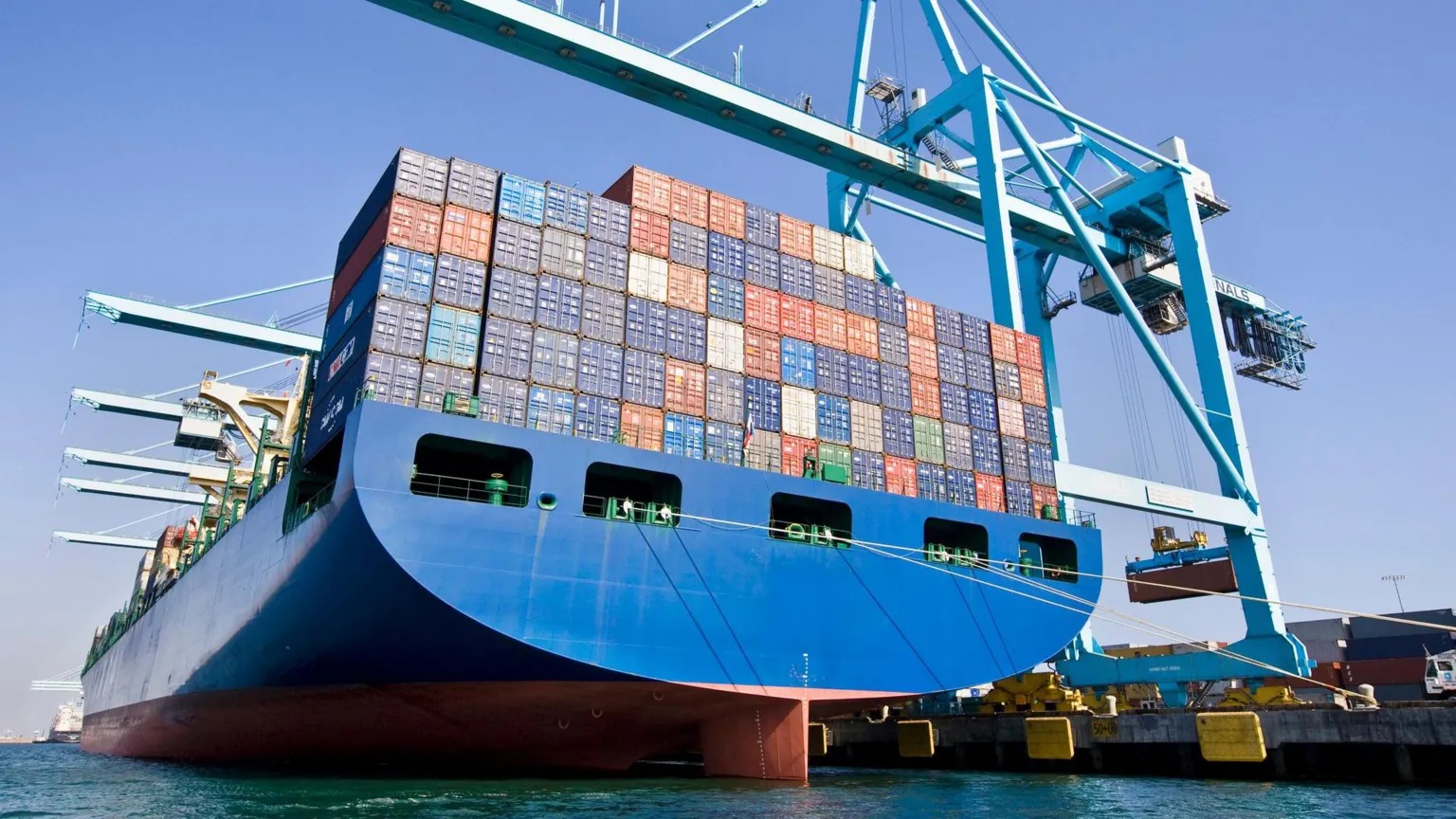
What Happens After 90 Days?
Trying to predict the next steps in this ongoing trade war between the US and China these past few months has been difficult to say the least, and especially this tug of war going on with Panama and the superpowers. But this is a major agreement between the world’s two powerhouse economies and has been broadly welcomed. Even if the suspended tariffs are reinstated after 90 days, because the vast majority of the tariffs that were announced after Liberation Day have been cancelled, US tariffs on China would only rise to 54% and Chinese tariffs on the US would rise to 34%. However, talks between both governments are set to continue, so a further deal might be struck. US Treasury Secretary Scott Bessent said the consensus from both countries was that “neither side wants a decoupling”, while China’s commerce ministry said the agreement was a step to “lay the foundation to bridge differences and deepen co-operation”. So relations between the US and China are sounding more friendly, which is good for the Panama Canal but as we’ve seen so far during this Trump presidency, things can change quickly.
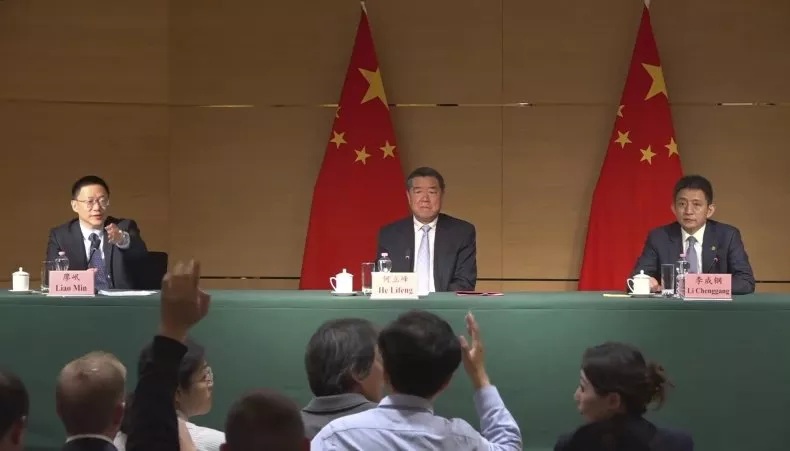
Chinese Vice Minister of Finance Liao Min, left, gestures toward a journalist at a news conference at the Chinese mission to the World Trade Organization in Geneva, Switzerland, on May 11, 2025, alongside Vice Premier He Lifeng and Li Chenggang, vice minister of commerce.


